iota was created to be received on several levels, both conceptually and sonically. Various instruments and features of the mix represent spatial locations in an imaginary landscape: ground, horizon, and sky, for example. Experienced in a good listening environment, the listener will imagine distance, elevation, and perhaps even time.
A visit to a collection of odd curiosities
AeTopus often features a brave, dark strain of ethereal instrumental electronic music, including sound bites, cryptic track titles, and rare spoken human vocalizations to solidify each album’s theme. The music is reminiscent of early Electronic New Age, such as Kitaro and Tangerine Dream, in that it contains many common electronic sounds, like arpeggio beeps and bass pads, yet has a unique exotic presence due to the use of orchestral and ethnic instruments such as violins, pipe organs, and African percussion.
AeTopus is a progressive Electronic music project performed and produced by composer Bryan Tewell Hughes. The moniker AeTopus suggests time (Ae), while “Topus” loosely means place. He has won a Zone Music Reporter Award (ZMR) for Best Electronic album, and earned three Best Electronic album nominations. iota is his second album on Spotted Peccary Music, and was released February 21st of 2025. Hughes has dedicated his musical energy to AeTopus since the release of the full-length CD Memories of the Elder in 2002, followed by seven albums, and then signing with Spotted Peccary music, for Cup in 2023 and now iota in 2025.
In the beginning he was introduced to Electronic and New Age music by his grandparents in the early 1980s, and cites the influence of cassettes by Ray Lynch and Kitaro. Perhaps his creative evolution now includes more elements of intelligent dance music and glitch, while still absorbing those sweeping ambient passages, an emphasis on thematic development, vintage synthesis and late twentieth-century science fiction and fantasy soundtracks.
“I like to imagine myself in a four hundred square foot apartment, within an old brick building,” dreams AeTopus. “I have a comfortable place to sit and relax, a warm beverage, and a generous window that offers a city view at dusk. My imagination must expand from a small place, a place of comfortable modesty, into a world filled with foliage, wildlife, and stars in the night sky. Or into a world of time, history, civilization, and fantasy. There is an intellectual understanding from which to base these musings, but I do not wish to completely escape from the tiny space and dark, rainy streets.”
The nuanced, dimensional nature of communication ::
Constantly listening in my mind, I am dreaming of Greek-style columns or statues, telephone poles, bricks, and beyond that a soft, spacious background of atmosphere / clouds / ether / non-spherical other-worldly moons. I am met with an off-beat image that can be interpreted in many ways, a gibbon comes swinging from a communications tower with a waxing gibbous moon visible up in the corner. This wordless electronic music is one of the purest and most beautiful representations of abstract art, and music influenced as much by messaging, nature and the human experience as it is by a singular idea or moment.
The album, iota, addresses the nuanced, dimensional nature of communication, and the imaginative concept of being in touch with or attached to everything that has ever existed. We are connected by highly-refined modes of communication, at once interpersonal, intergenerational, interspecies, and between an individual and their environment. Our union with our surroundings goes unnoticed until we pause and understand that we are part of many subtle, timeless networks.
“When we attach words and imagery to music, we are suddenly corralling the listener into an interpretation they might not have otherwise created.”
The music isn’t intended to be illustrative, and the act of listening should involve an element of mystery. Liner notes, cover art, and the artist’s commentary can and must fill in a few holes, but should not overly inform or complete the listener’s interpretation. I believe that wordless electronic music is one of the purest and most beautiful representations of abstract art.
Swirling up and down inside of a neon lit glass elevator ::
Beginning with concepts of antiquity and weaving tiny sounds, perhaps water and buzzes with beeps, the first signal musters a casual beat, then another, and so on, a succession of quietly interesting thought provoking interwoven presentations and compact spectacle modules, held together with glow. “Museum” (4:39) has some electronic places where old robots are talking, this is followed by a series of unusual musical interludes, much like a visit to a collection of odd curiosities.
The second track, “Why Not Now” (5:24) is slowly walking into dramatic landscapes from the times passed, a sad moaning hum of horns and wind then the beat comes on an infinite loose floating void, I love the hand drums in the mix. With a gentle hazy push of air, “Mohhu” (5:11) extends a glowing vibrato sustained tone, soon things get organized, while constantly slowly experimenting, opening wider into a world of slow deep color and in turn that all grows into a full sequencer space boogie, in a cave, with an amazing light show.
There are clicks coming from inside a small spaceship flying in a cave, the fourth track, “Finespun” (4:14) has clicky flourishes, later some dark dancing bones. The hot breath of drones pursued by spiralling sequencers, “Level” (6:29) shifts everything into an arpeggio pattern that repeats, intricately swirling up and down inside of a neon lit glass elevator at night, now we are underwater. I have the pleasant sense of following a fish down to the castle where the shipwreck is.
Starting track six with an energetic friendly funky groove, “Wave Hello” (4:31) gives off a warm feeling, perhaps the sound of a serious good mood or a generally good disposition, going up. Now to a spooky dark place, a low hum. We are in a new huge cave and out there in the darkness something loud crashes and reverberates in an overwhelming way.
This is the sound of the personification of the Earth in ancient Roman religion and mythology, “Tell_us” (6:22) features blooming interlocking components melodically opening and closing, running over and over again. There is another loud crash which blots out everything else with diminishing reverberation and creates a new beginning. Dark rituals pertaining to the earth and agricultural fertility. Contrast this with the next track, a complex layered electronic cloud, “Subsystem” (4:19) which leads into endless rippling oceans of polished electronic grains and flickering electronic birds, some simple hand drum accents and warm electronics.
A calculated shy intricate drama ::
Launching upon a symphonic string breeze, “Probe” (5:28) begins gently, something is taking form, weaving and layering, I hear all sorts of glowing moogs out where the noodles grow. The next track begins with chattering and then quiet tones, “Accent” (4:32). A calculated shy intricate drama.
“Sunny” (6:30) begins bubbly, an electronic brew that at noon gets busy heading into the wondrous void. Now, the final track, a sequencer anthem, “Decima Milia” (4:31) sends ten thousand pulses out into the great beyond, going out on easy exploration missions, taking on weaves and drones together with some odd bumps and rumbles hidden in the silk, the feeling is easy with some soaring moments in there.
Abstract voices, morse code, telemetry, animals leaving scents, broadcast towers or transmitters atop dilapidated skyscrapers or within a jungle — these are thoughts and images that come to mind. I hear amazing off-center compositions, or compositions that are designed dimensionally from foreground to background (layers of depth), a foreground layer could be an intricate, graphic, technical network and the next layer suggest a phone dial design in sharp focus, and behind that a layer of city/urban elements such as concrete texture, cut stone, Greek-style columns or statues and non-spherical other-worldly moons.
iota was created to be received on several levels, both conceptually and sonically. Various instruments and features of the mix represent spatial locations in an imaginary landscape: ground, horizon, and sky, for example. Experienced in a good listening environment, the listener will imagine distance, elevation, and perhaps even time. The album definitely picks up where Cup left off in terms of stylistic evolution and thematic refinement.
iota is available on Spotted Peccary Music. [Site | Bandcamp]






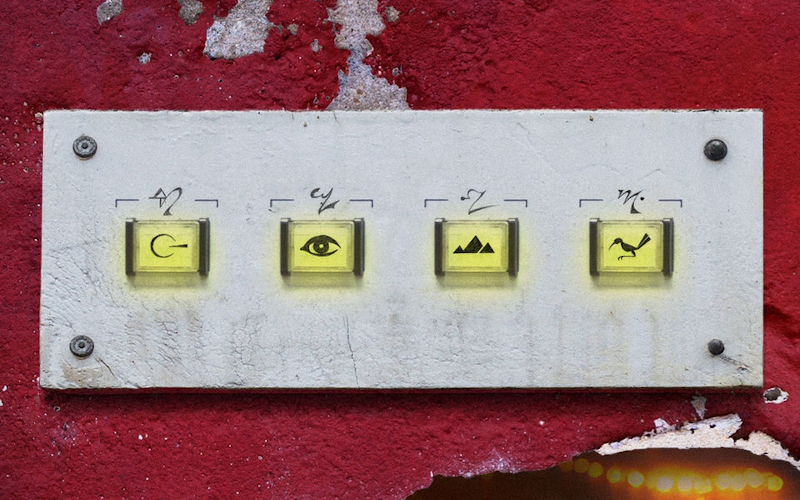
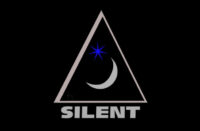


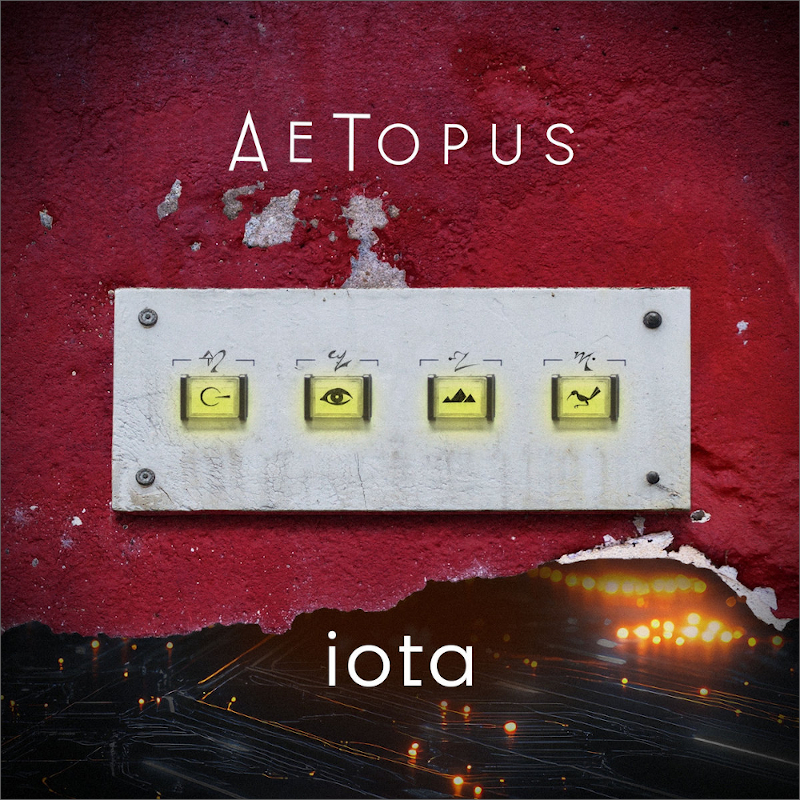
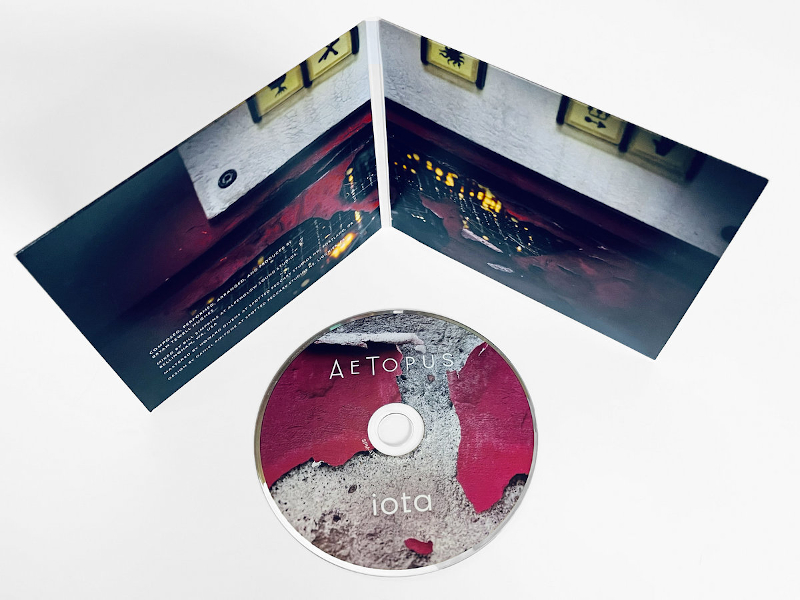


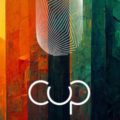
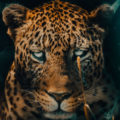
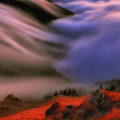
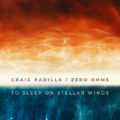
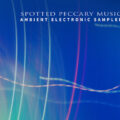
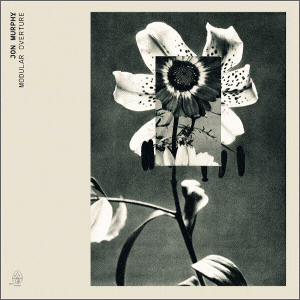
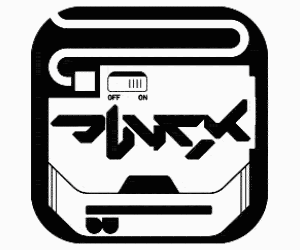
![Romanowitch :: A critical season substitute (glitch.cool) — [concise]](https://igloomag.com/wp/wp-content/uploads/2025/03/romanowitch-a-critical-season-substitute_tape_feat-75x75.jpg)







